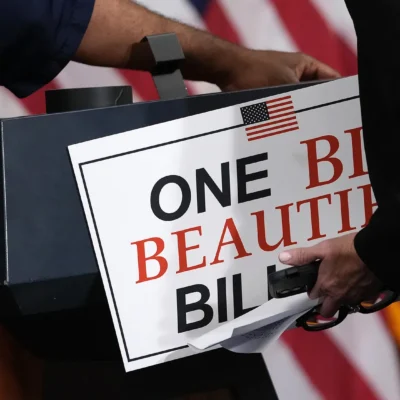A Tougher Stance on Public Drug Use
Oregon has taken a firm step to tackle drug use on public transportation by introducing stricter penalties. The new measures come as part of a broader effort to enhance passenger safety and restore order on buses, trains, and other public transit systems. The move follows increasing concerns from commuters, law enforcement, and public officials about the growing number of drug-related incidents in transit areas.

Why Stricter Penalties Were Necessary
The state has witnessed a rise in drug use within public spaces, particularly on public transit. Authorities argue that lenient policies have led to an unsafe environment for passengers and transit workers. Key reasons behind this decision include:
- Rising Crime & Safety Concerns – Reports indicate an increase in drug-related offenses, including violence and theft, in transit stations and vehicles.
- Public Health Risks – Open drug use can lead to hazardous conditions, including discarded needles and exposure to dangerous substances.
- Declining Transit Ridership – Commuters have expressed reluctance to use public transit due to safety concerns, impacting the system’s efficiency and funding.
What the New Law Entails
Under the new regulations, drug use on public transit will lead to harsher consequences, including:
- Higher Fines – Offenders will now face significantly increased financial penalties.
- Possible Jail Time – Repeat offenders or those found using high-risk substances could face incarceration.
- Increased Surveillance & Enforcement – Transit officers and law enforcement will have expanded authority to apprehend and penalize violators.

Reactions from Different Groups
The decision to enforce stricter penalties has drawn mixed reactions from the public and stakeholders.
Supporters of the Law
Many passengers, business owners, and law enforcement officials have praised the move.
- Passenger Relief – Regular commuters feel safer knowing that drug-related disturbances will be handled more aggressively.
- Law Enforcement Backing – Officers believe this will allow them to better maintain order and prevent repeat offenses.
- Transit Operators’ Perspective – Drivers and staff, who often face harassment from drug users, welcome the policy as a necessary step for workplace safety.
Criticism & Opposition
While many support the initiative, critics argue that the law could disproportionately affect vulnerable populations.
- Advocacy Groups’ Concerns – Some believe that instead of punishment, there should be greater focus on addiction treatment and rehabilitation.
- Potential Over-Policing Issues – Civil rights groups worry about increased law enforcement presence leading to discrimination or unfair targeting.
- Impact on Homeless Populations – A significant portion of public transit drug users are unhoused individuals, raising concerns about criminalizing addiction rather than addressing its root causes.

Comparisons to Other States’ Approaches
Oregon is not alone in implementing stricter penalties for drug use on public transit. Several other states have taken similar actions:
- New York City – Increased police presence and higher fines have been enforced to combat drug-related incidents in subway stations.
- California – Certain cities have adopted a dual approach, combining law enforcement with outreach programs.
- Texas – Stricter penalties, including immediate removal and arrest, have been implemented in public transportation hubs.
Balancing Law Enforcement & Rehabilitation
The new penalties reflect Oregon’s effort to curb public drug use, but many experts argue that enforcement should be paired with solutions like:
- Expanding Drug Rehabilitation Programs – Ensuring that repeat offenders have access to rehabilitation rather than just facing punishment.
- Homelessness & Mental Health Services – Addressing the root causes of drug abuse through better support systems.
- Alternative Sentencing – Exploring community service or mandatory treatment instead of solely imposing jail time.
What’s Next?
Authorities plan to assess the impact of the new law over the coming months. Key factors they will monitor include:
- Changes in Public Transit Crime Rates – To determine if stricter penalties effectively deter drug use.
- Public Feedback & Commuter Confidence – Monitoring whether more people feel safe using public transportation.
- Effectiveness of Enforcement Strategies – Ensuring law enforcement actions remain fair and balanced.
Conclusion: A Step Toward Safer Public Transit?
Oregon’s decision to introduce stricter penalties for drug use on public transit marks a significant shift in policy. While the law is expected to improve safety, ongoing discussions about rehabilitation, homelessness, and fair enforcement remain crucial. Whether this move will lead to a lasting solution or require further adjustments remains to be seen.
Do Follow USA Glory For More Updates.





